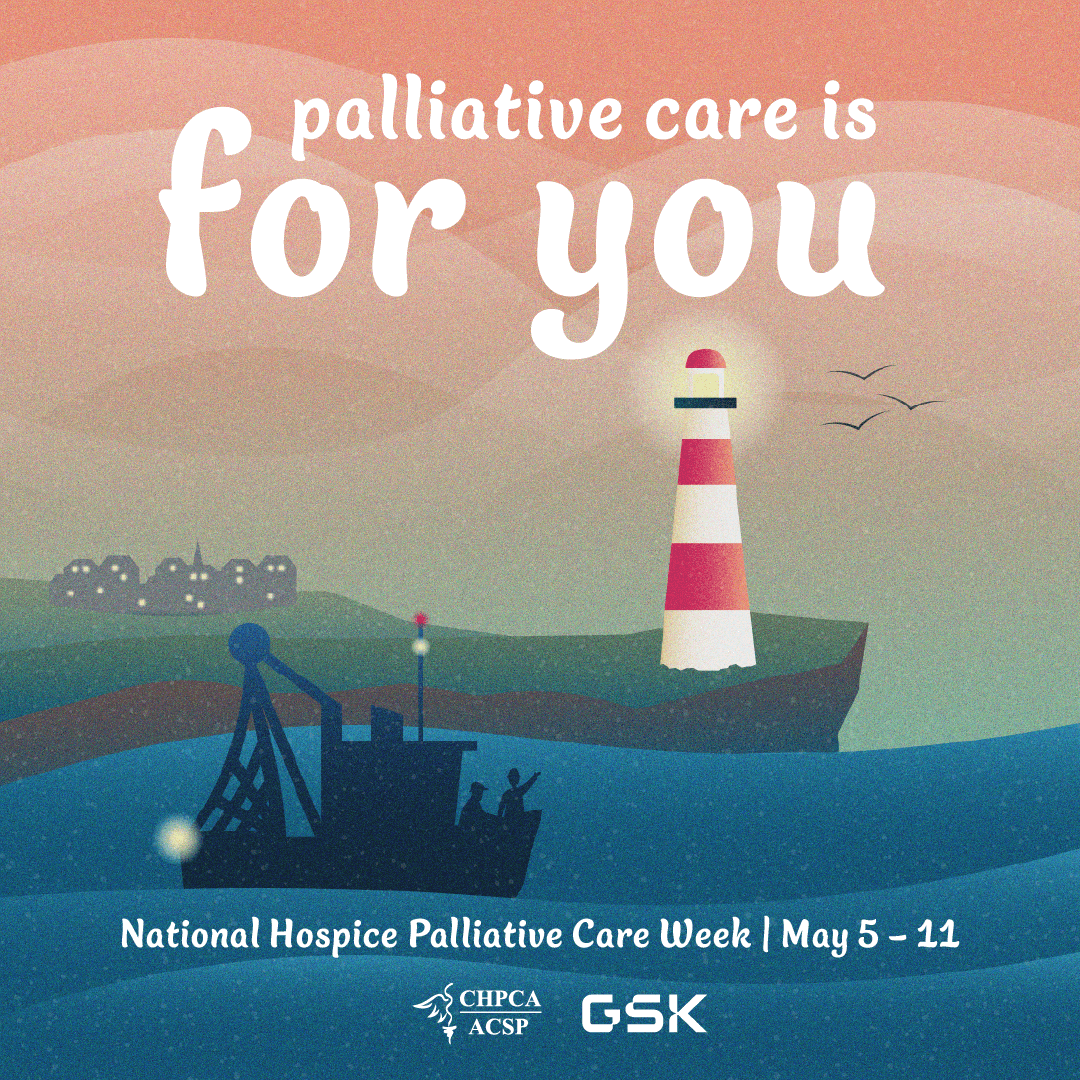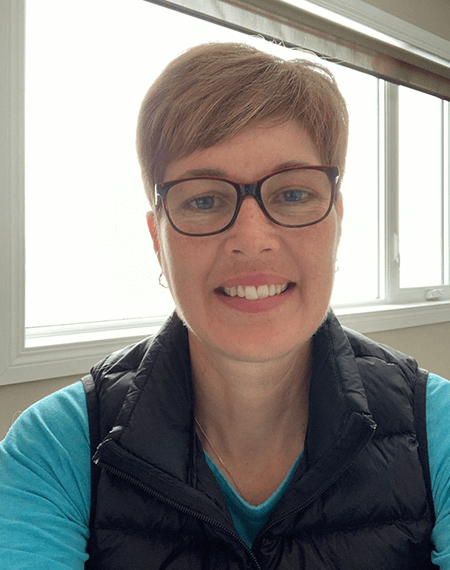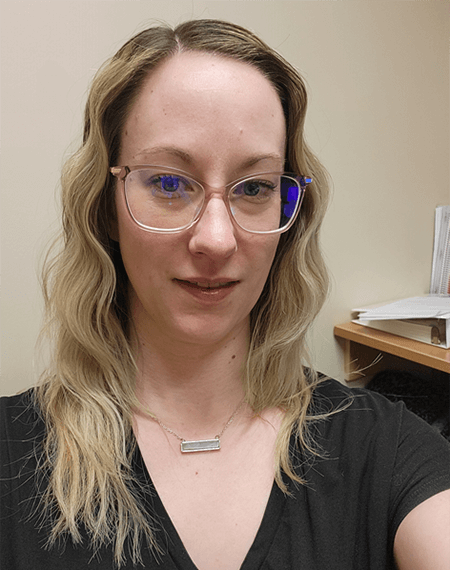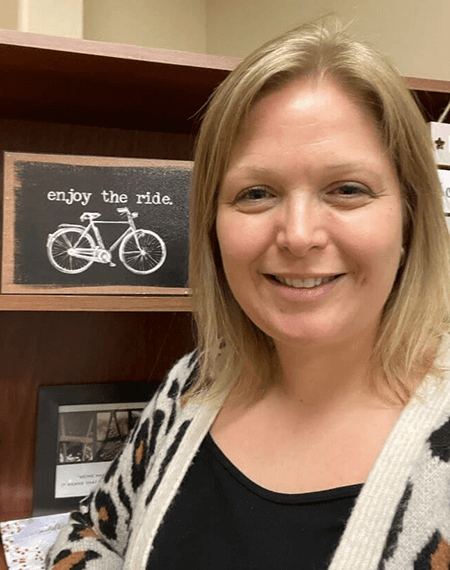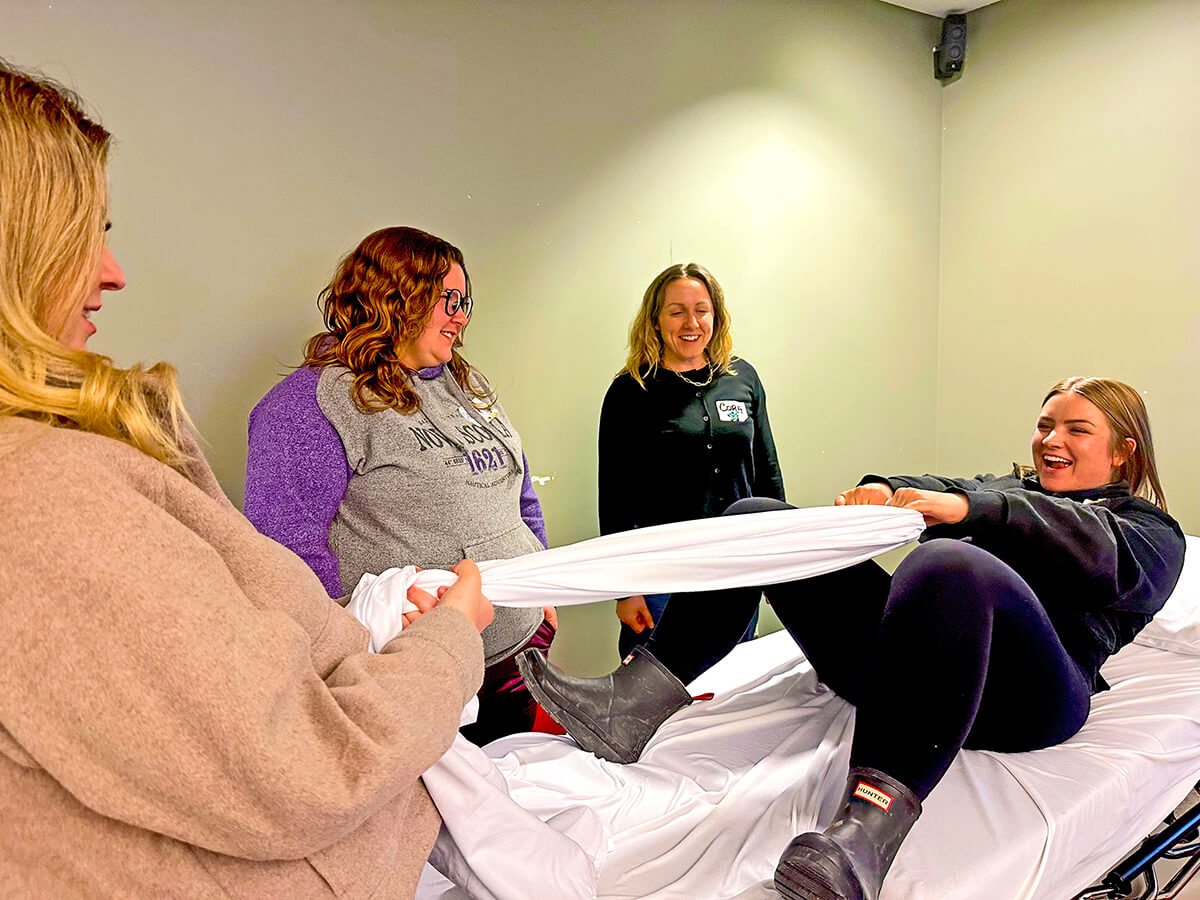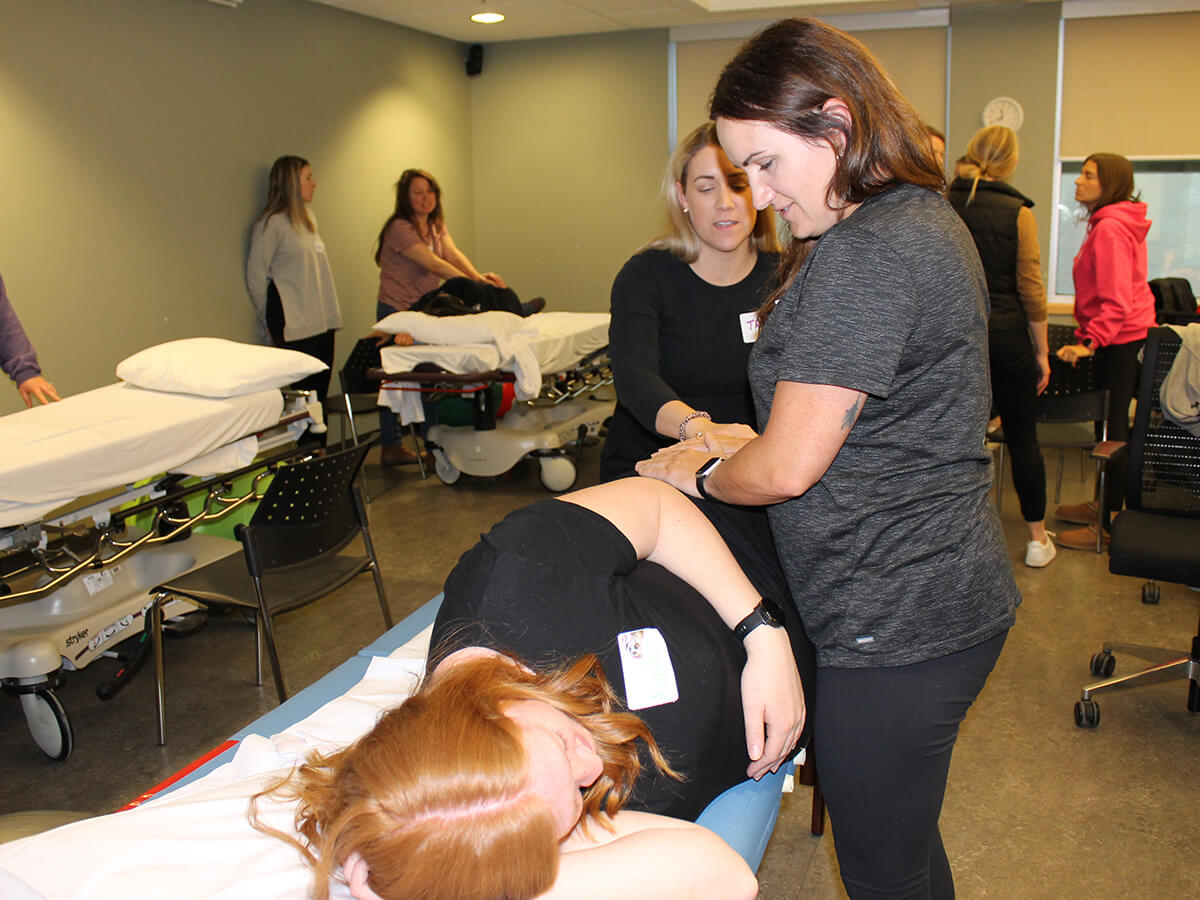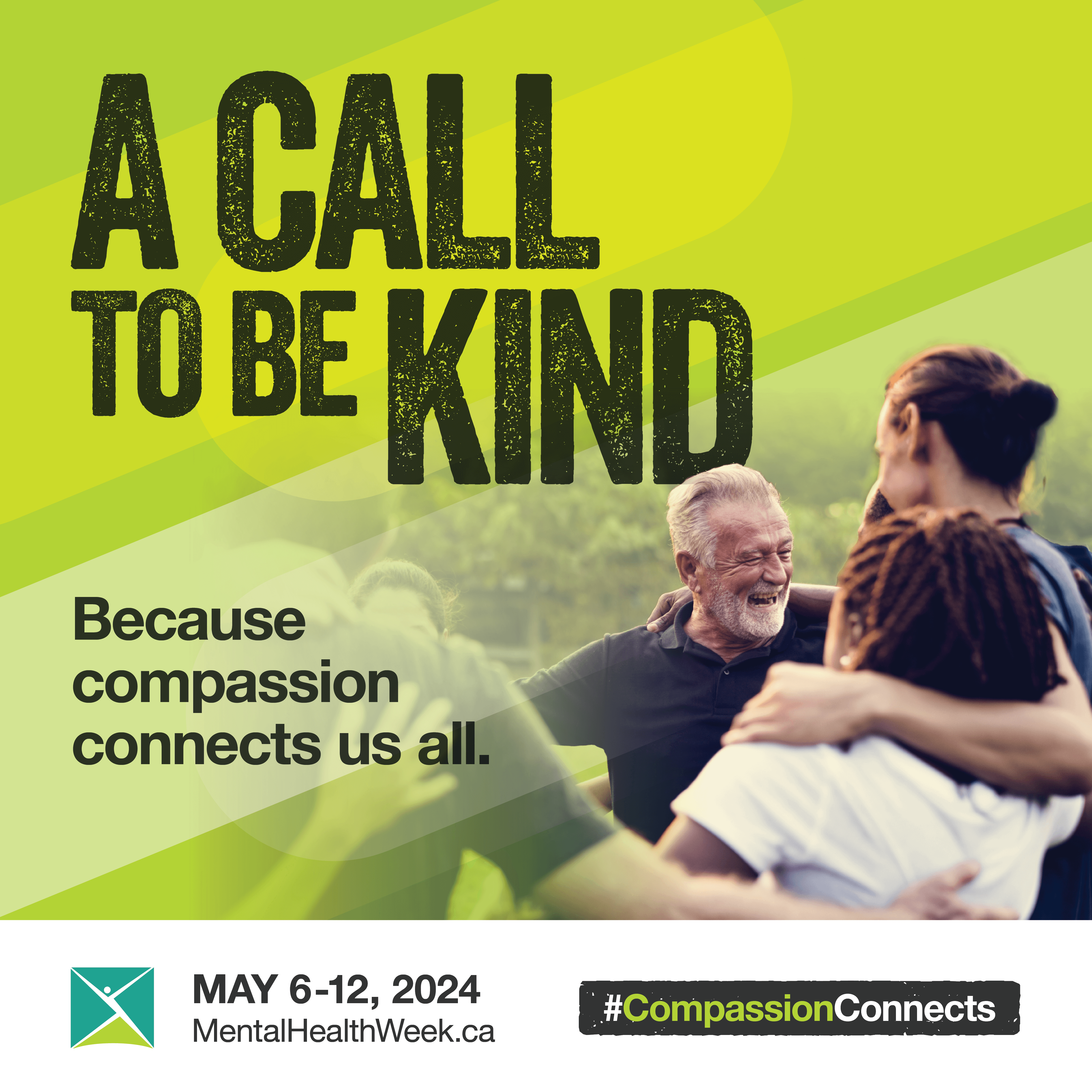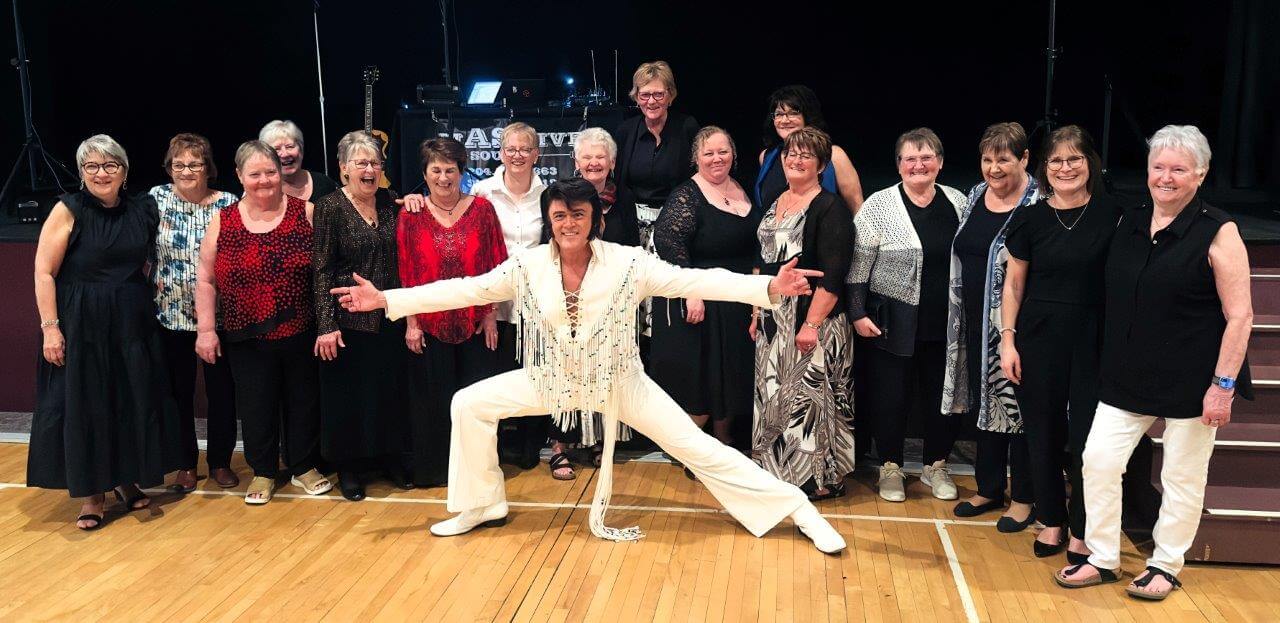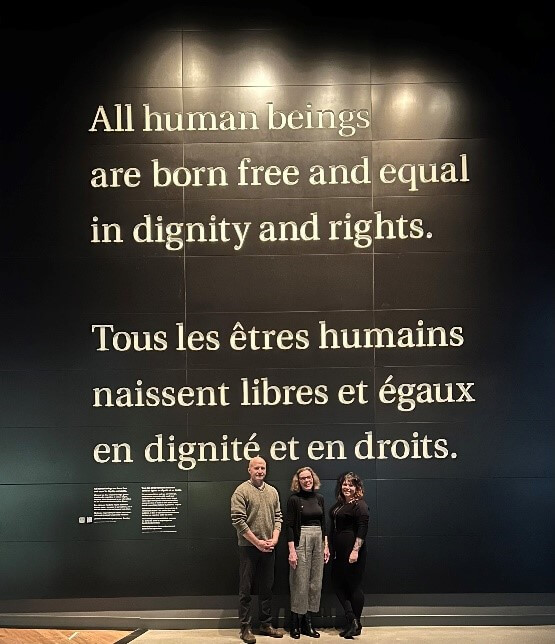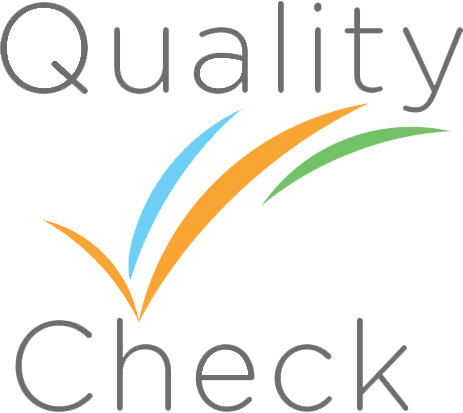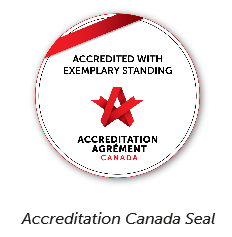Asparagus is on the Menu

If you’re lucky, you’ve got asparagus perennially popping up in your yard. Asparagus is a perennial plant, meaning it will come back year after year without needing to replant it! It is also one of the first vegetables to start growing in the spring. The most common variety is green asparagus, however there are also purple and white varieties, with each variety having a slightly different flavour. Asparagus is rich in nutrients such as antioxidants, folate, fiber, and vitamins A, B6, C, and K.
Asparagus is available at the grocery store as fresh, frozen, or canned. When buying fresh asparagus, look for odorless asparagus stalks with dry, tight tips while avoiding limp or wilted stalks. Refrigerate fresh asparagus for up to four days by wrapping the ends of the stalks in wet paper towel and storing in a plastic bag. When choosing asparagus for recipes, look for the right size of stalk for the dish. Thicker, larger stalks are good for grilling, steaming, and roasting, while smaller, thinner stalks are better for being mixed into recipes like pasta and risotto dishes.
Asparagus is incredibly versatile and pairs well with fish, beef, shrimp, chicken, and pasta. It is also very tasty added to frittatas, in appetizers, soups, salads, wraps and more!
Here are 10 ways to enjoy asparagus:
- Egg-cellent Asparagus. Add steamed pieces of asparagus to an egg white and feta cheese omelet. Finish with halved cherry tomatoes.
- Grilled. Place asparagus spears on a medium-high heat grill coated with olive oil spray and cook for about 5-8 minutes until tender, turning occasionally.
- Cheese, Crackers & Asparagus. Spread a soft cheese (goat cheese, brie, etc.) on whole wheat crackers and top with a crisp asparagus head. Serve as an appetizer or an afternoon snack.
- Hearty Soup. Purée cooked leeks, onions, russet potatoes, asparagus, low-sodium chicken broth, lemon juice, and sour cream until smooth. Garnish soup with asparagus tips.
- Drizzle a Little Dressing. Dress up your traditional steamed or boiled asparagus with a mustard vinaigrette dressing.
- Steamed. Place fresh or frozen asparagus in a microwave-safe container or in a sauté pan with a small amount of water, low-sodium seasonings, and garlic. Enjoy as a side dish or snack.
- Stock Up. Save the woody ends of asparagus for making asparagus soup later. Simply place in a zip lock bag and freeze until ready to use.
- Easy Appetizer. Serve asparagus spears with a vibrant dipping sauce for an easy appetizer. Using Greek yogurt as a base, add in lemon juice, minced garlic, roasted red bell pepper … be creative and get dipping!
- Veggie Fettuccine. Toss cooked asparagus and bell pepper with cooked fettuccine. Finish with lemon juice and cheese. Recipe Fettuccine with Fresh Vegetables
- Shake & Bake! Place fresh asparagus in a plastic zip lock bag, drizzle with olive oil, and add salt, pepper and other seasonings. Shake until asparagus is coated, then bake in oven at 400°F until crisp!





